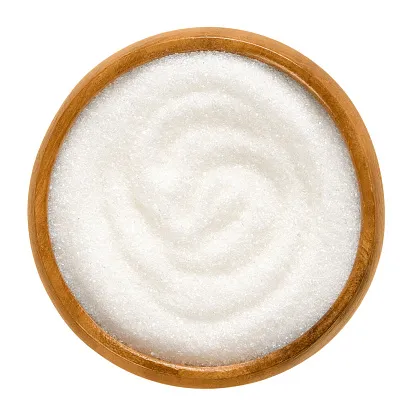
For individuals living with diabetes, monitoring their HbA1c level is crucial in managing their condition. But what exactly is considered a dangerously high HbA1c level? HbA1c, also known as glycated hemoglobin, is a measure of average blood sugar levels over the past two to three months. A normal range for HbA1c is typically below 5.7%, while a level of 6.5% or higher is indicative of diabetes.
It most often occurs when you don’t eat enough food, especially carb-containing foods, given your blood-sugar-lowering medications and physical activity levels, O’Neill says. High blood sugar, also called hyperglycemia, affects people who have diabetes. Several factors can play a role in hyperglycemia in people with diabetes. They include food and physical activity, illness, and medications not related to diabetes. Skipping doses or not taking enough insulin or other medication to lower blood sugar also can lead to hyperglycemia.
The ferritin level threshold for consideration of iron deficiency is higher under these circumstances, too. The following chart is based on guidelines from the World Health Organization (WHO). All yogurt can now claim to reduce the risk of developing type 2 diabetes ‘ regardless of added sugar content ‘ which could make it harder for people … When the amount of glucose in the bloodstream drops to too-low levels, the body reacts by releasing epinephrine, also called adrenaline or the ‘fight or flight’ hormone.
Oxidative stress then damages blood vessels, contributing to heart disease. Oxidative stress can also damage DNA, potentially resulting in gene mutation and cancer development [79]. There is an interwoven relationship between unsatisfactory blood sugar levels, low-grade inflammation and low HDL cholesterol on the hardening of the arteries in type 2 diabetes [48]. An HbA1c test is also used to diagnose diabetes, and to keep an eye on your levels if you’re at risk of developing diabetes (you have prediabetes). A dangerous A1C level could also mean that the current diabetes treatment is not working. With food, exercise, and a couple of lifestyle changes, you can keep your A1C within a normal range.
The Dangers of High HbA1c Levels
The test does not require any specific preparations, so a person does not need to fast prior to the test, and a doctor can perform it at any time of the day. If a person with diabetes has an A1C test result that is much higher than their set target, a doctor can help advise lifestyle and medication changes to lower their A1C level. High A1C levels are a risk for diabetes and other complications. However, ideal and dangerous A1C levels can vary slightly between each individual. The information on this website has not been evaluated by the Food & Drug Administration or any other medical body. We do not aim to diagnose, treat, cure or prevent any illness or disease.
If your test results are normal, the ADA advises that the test should be repeated every 3 years. Your doctor may recommend screening more often if you have symptoms of diabetes or your risk of diabetes goes up (for example, if you gain weight). If you test positive for prediabetes or diabetes but don’t have symptoms, your doctor will test you again on a different day to confirm the results. The causes of dangerous blood sugar can be different depending on the type of diabetes you have and the medication you take.
Having a dangerously high HbA1c level can significantly increase the risk of complications associated with diabetes. These complications may include cardiovascular disease, nerve damage, kidney failure, and vision problems. Therefore, it is essential for individuals with diabetes to keep their HbA1c levels within a target range recommended by their healthcare provider to reduce the risk of these serious health issues.
Managing High HbA1c Levels
Although the A1C test is effective, people with certain health conditions may not get accurate results from it. Thus, another test should be used to confirm a diabetes or prediabetes diagnosis in those cases. Doctors recommend that people with diabetes should strive to keep their A1C levels below 7%. Together, doctors and patients may achieve this goal with a plan that includes dietary changes, weight loss, exercise, and/or medication. Studies have shown that people with diabetes may be able to reduce the risk of diabetes complications by consistently keeping their A1C levels below 7%.
To lower a dangerously high HbA1c level, individuals with diabetes may need to make lifestyle changes such as following a healthy diet, engaging in regular physical activity, and taking prescribed medications as directed. Monitoring blood sugar levels regularly and attending regular check-ups with healthcare providers are also important steps in managing HbA1c levels.




